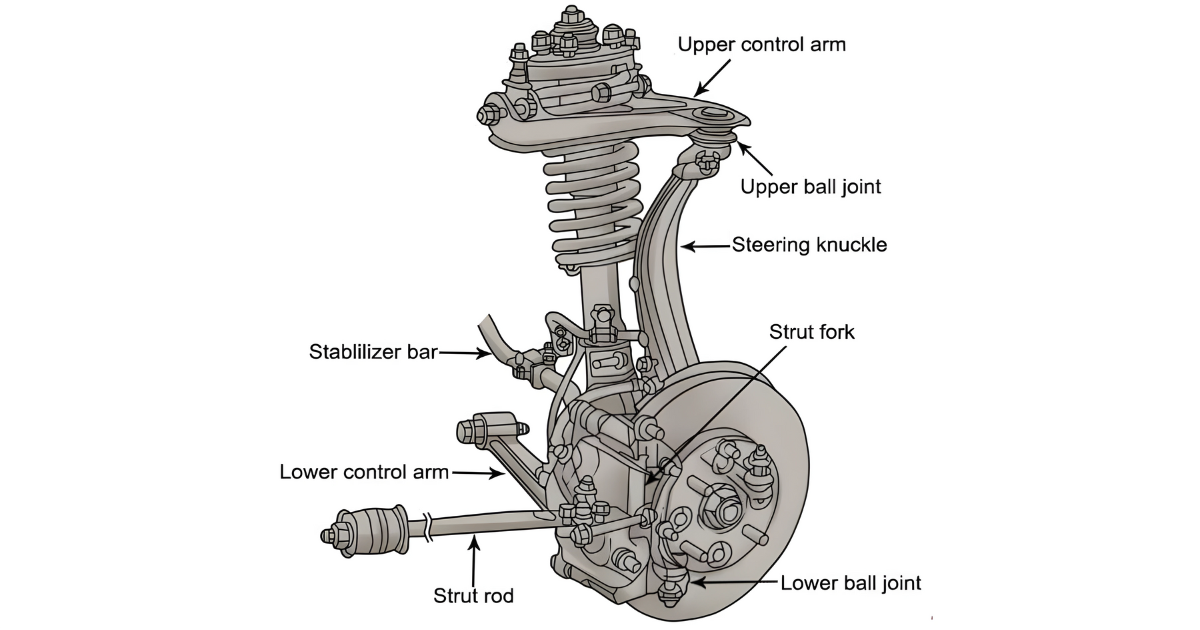Automatic gear-changing technology, commonly known as automatic transmissions, enables seamless gear shifts without manual intervention. This feature offers convenience, smoothness, and optimal gear selection based on driving conditions, enhancing the overall driving experience and comfort. This article will delve into the components and mechanisms of an automatic transmission, as well as signs of a failing transmission and associated DTC codes.
Components and Mechanisms of an Automatic Transmission
- Torque Converter: An automatic transmission utilizes a torque converter to smoothly transmit power from the engine to the transmission. The torque converter acts as a fluid coupling, allowing the engine to continue running while the vehicle is stationary.
- Gear Sets and Clutches: Inside the transmission, multiple gear sets and clutches engage and disengage to change gears. These components work together to provide the appropriate gear ratio for the driving conditions.
- Transmission Control Module (TCM): The TCM is an electronic control unit that monitors various sensors to determine the optimal timing and pressure for gear shifts. It communicates with the engine control module (ECM) to coordinate the engine and transmission functions.
- Hydraulic System: Hydraulic pressure is used to engage and disengage the clutches, allowing for seamless gear changes. The hydraulic system consists of a pump, valve body, and fluid lines.
Signs of a Failing Automatic Transmission
- Delayed engagement: The transmission takes longer to shift into gear when you shift from park to drive or reverse.
- Slipping gears: The engine revs up without a corresponding increase in vehicle speed, or there is a sudden loss of power while driving.
- Rough or jerky gear shifts: Shifting between gears feels harsh, accompanied by vibrations or a jolt.
- Fluid leaks: Noticeable leaks of reddish-brown fluid under the vehicle.
- Burning smell: A burnt odor may indicate overheating or excessive friction within the transmission.
- Warning lights: The “Check Engine” or “Transmission” warning light may illuminate on the dashboard.
DTC Codes Associated with Automatic Transmission Issues
- P0700 – Transmission Control System Malfunction: Indicates a problem with the transmission control module or related components.
- P0715 – Input/Turbine Speed Sensor Circuit Malfunction: Points to a malfunction in the input/turbine speed sensor, which provides vital data to the TCM.
- P0720 – Output Speed Sensor Circuit Malfunction: This indicates an issue with the output speed sensor, which monitors the rotational speed of the transmission output shaft.
- P0730 to P0736 – Incorrect Gear Ratio: These codes indicate a mismatch between the gear ratio commanded by the TCM and the actual gear ratio detected.
- P0740 to P0744 – Torque Converter Clutch Circuit Malfunction: Points to problems with the torque converter clutch solenoid or related components.
Repair and Recommendations for a Failing Automatic Transmission
- Consult a professional mechanic: Transmission repairs can be complex, so it’s best to seek the expertise of a qualified technician.
- Regular maintenance: Follow the manufacturer’s recommended maintenance schedule, including fluid changes and inspections.
- Check fluid levels and quality: Low or contaminated transmission fluid can cause issues, so ensure it is at the correct level and in good condition.
- Address issues promptly: If you notice any signs of transmission problems, address them promptly to prevent further damage.
- Avoid excessive towing or overloading: Heavy loads can put strain on the transmission, leading to premature wear and failure.




